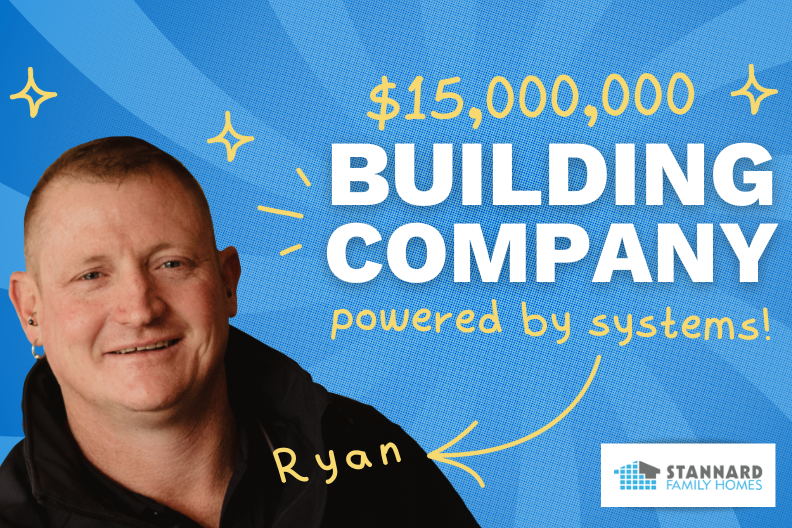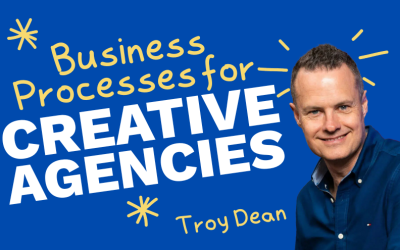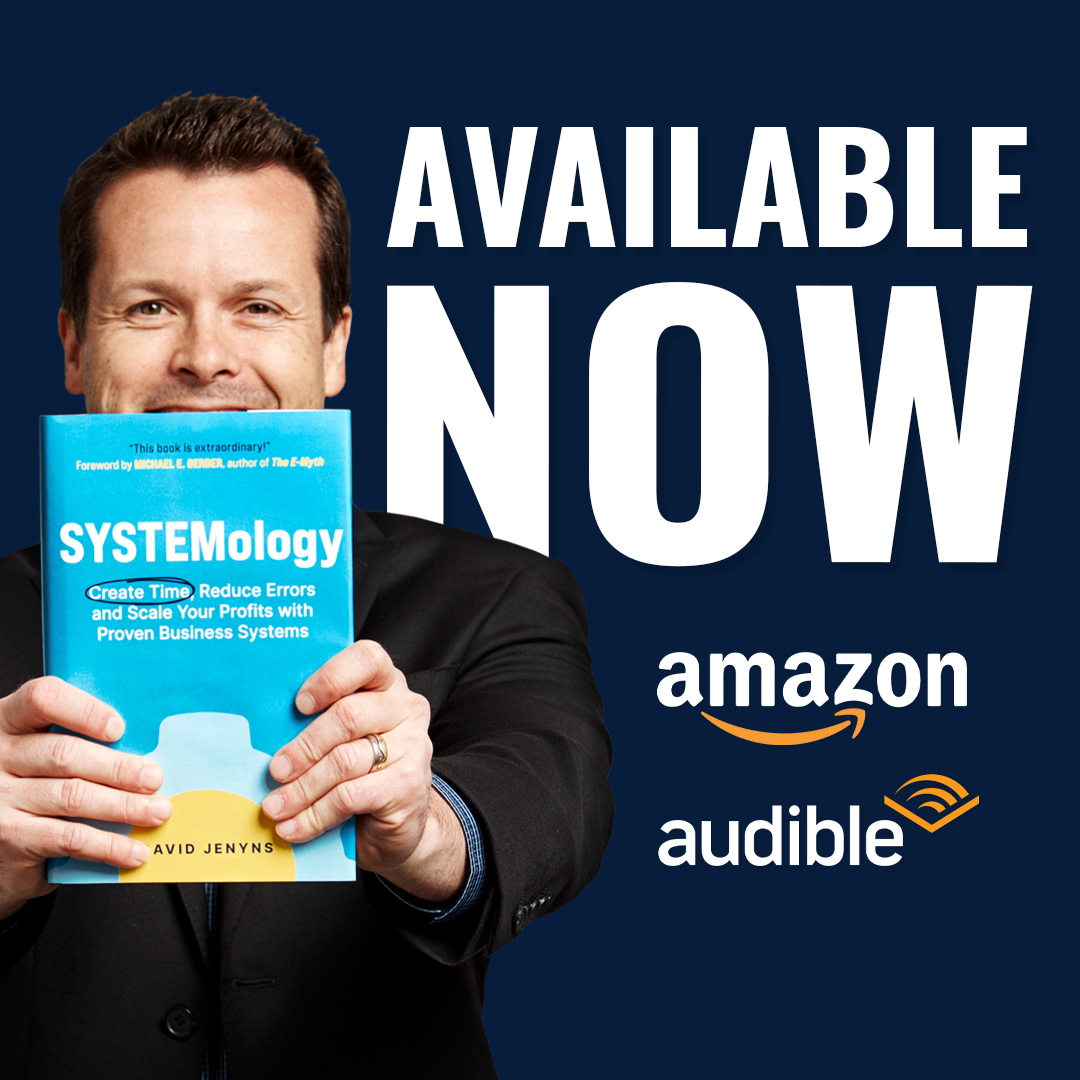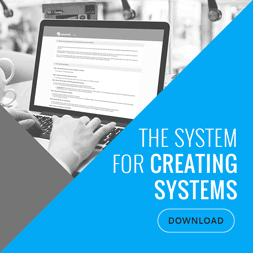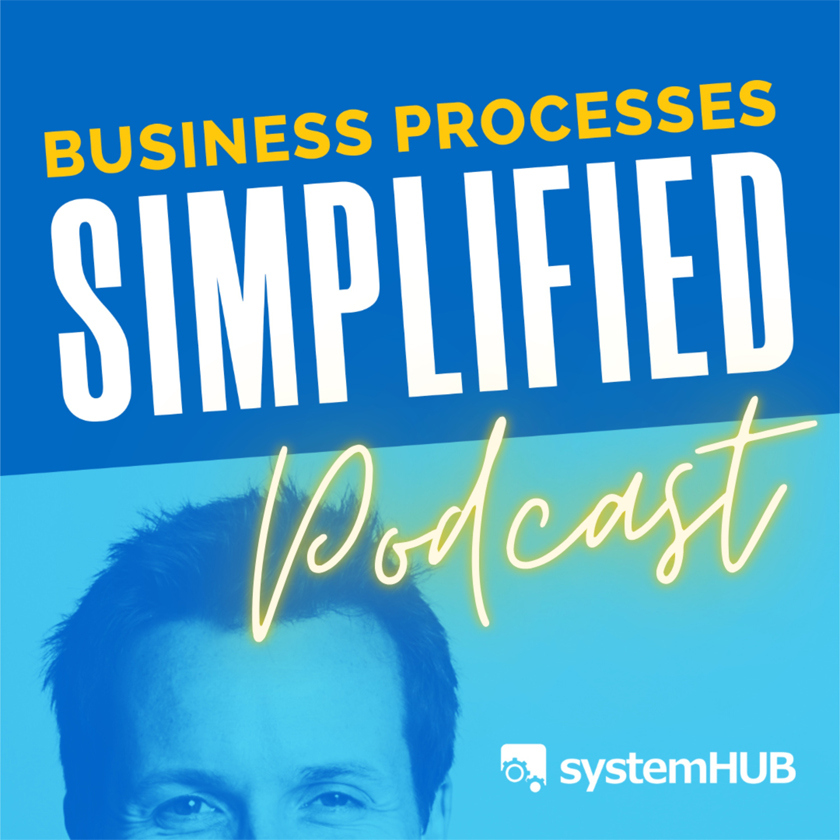Are you a builder feeling trapped in your business, answering endless questions while watching your work-life balance disappear? Ryan Stannard from Stannard Family Homes — and a member of the Association of Professional Builders — knows exactly how that feels. What started as a one-man carpentry operation in Adelaide has grown into a thriving $15 million custom home-building business—and the secret wasn’t working harder.
The Trap of Being Indispensable
Like many builders, Ryan found himself stuck in a familiar pattern. Despite growing his business, he was more tied to daily operations than ever before. The success that should have brought freedom instead created a prison of constant interruptions and decision-making.
“I was stuck in the business. I was in here day to day answering questions all the rest of it,” Ryan recalls. “Without the systems being processed like they are, I couldn’t step out of the business for weeks on end.”
This predicament is common in the building industry. Many successful tradespeople discover that their technical expertise doesn’t automatically translate into business management skills, leaving them overwhelmed as their operations grow.
The Catalyst for Systematic Change
Ryan’s turning point came when he realized that growth required delegation, but delegation required systems. His approach was refreshingly straightforward: if he wanted to clone his expertise, he needed to document exactly how he operated.
“If you think you’re good at it, which most business owners probably think they’re better than someone else at doing what they’re doing, you want to try and clone yourself and the only way to clone yourself is to write the systems basically,” he explains.
The breakthrough moment came when Ryan hired someone with zero building industry knowledge to interview him and document every process. This outside perspective proved invaluable for creating systems that anyone could follow.
Building the Foundation Through Documentation
Ryan’s implementation strategy focused on comprehensive documentation across every aspect of the business:
- Complete Process Mapping: Documented every step from initial client contact through house handover and all financial procedures
- Video Documentation: Created screen recordings and instructional videos for complex processes using tools like Loom
- Staff Integration: Made systemHUB access the first step in onboarding new team members
- Cross-Training Visibility: Showed new hires the entire system so they understood how their role connected to others
- Regular Updates: Established yearly system reviews to ensure processes remained current and effective
- Collaborative Refinement: Evolved from dictating processes to involving all 14 staff members in system development
Measurable Freedom and Growth
The results speak volumes about the power of systematic business operations. Ryan now enjoys the freedom that originally motivated his entrepreneurial journey, while his business continues to thrive without his constant presence.
“I left the office on the 18th of December and didn’t come back to [sic] the first week in February. So I was away for seven weeks and didn’t do anything and then walked back in here,” he shares. This level of business independence is remarkable, especially during the typically stressful post-holiday period for builders.
Perhaps most impressively, Ryan’s daughter transitioned from high school graduate with no building experience to assistant manager within 18 months, purely through following the documented systems. She now manages the entire operation while Ryan pursues new ventures.
Key Lessons for Building Business Systems
The key insights from Ryan’s transformation offer a roadmap for other builders ready to scale systematically:
- “You only have to do it once”—Document each process thoroughly the first time, then reference it repeatedly for training and consistency
- Start with what you know: “It’s just all it is is documenting what you do. You literally all you’re doing is putting down on paper exactly what you do”
- Hire for process adherence: “If someone doesn’t follow a process, we won’t hire them because they’re not going to fit in our business”
- Make systems visible: Show new team members the complete system architecture so they understand their role in the bigger picture
- “If you do what’s written in the manual and that goes wrong, that’s my fault. If you go and do something that’s not written in the manual, that’s your fault”—Create clear accountability frameworks

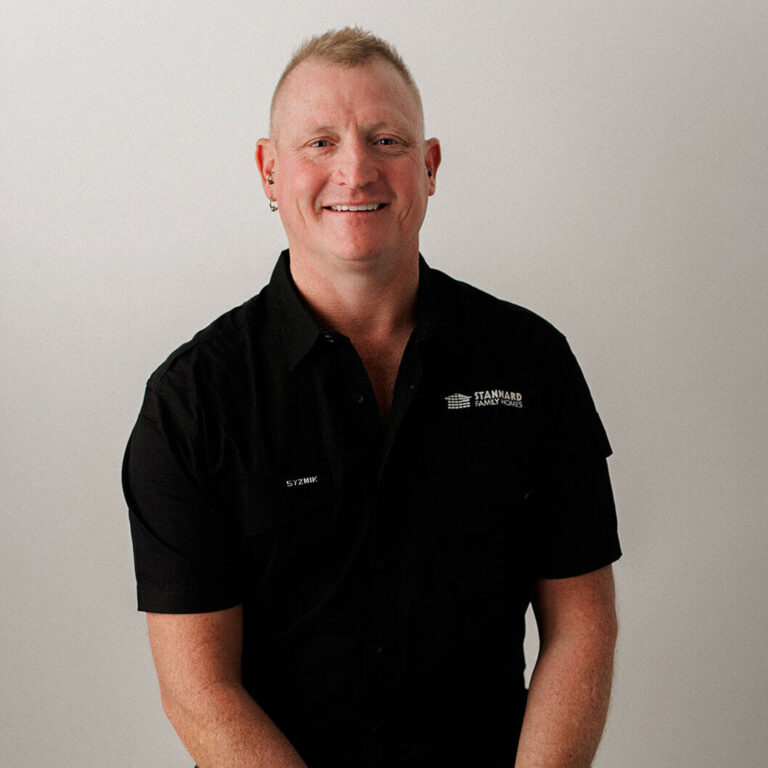
The Compound Effect of Consistent Documentation
Ryan’s journey demonstrates that business systems aren’t just operational tools—they’re strategic assets that enable true scalability. His documented processes are so comprehensive that he could franchise the business model, though he prefers focusing on building quality homes.
“Most people that meet me understand, I’m just a knock-about bloke. I got expelled from school when I was 14 years old. Really no formal education just followed through and got to where we’re at today. If I can do it, anyone can do it really,” he reflects.
Ready to Build Your Own Systematic Business?
If Ryan’s story resonates with your building business challenges, you don’t have to figure out systems from scratch. Start your transformation with a 30-day free trial of systemHUB and begin documenting the processes that will set your business—and your life—free.

